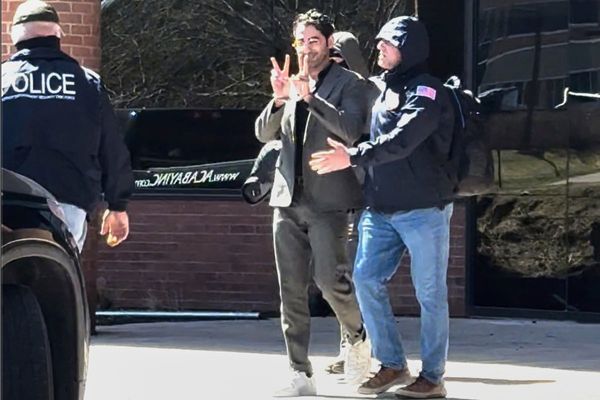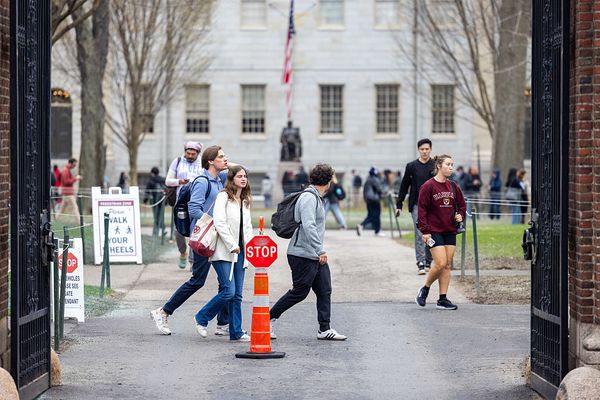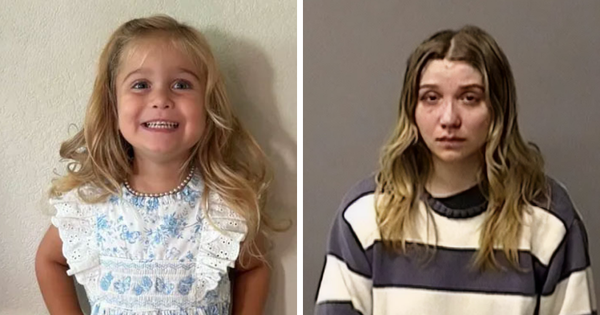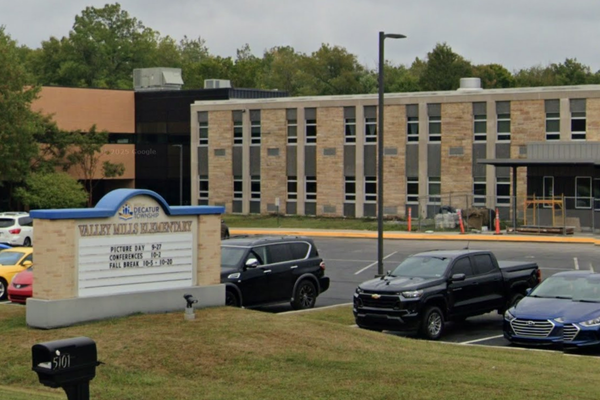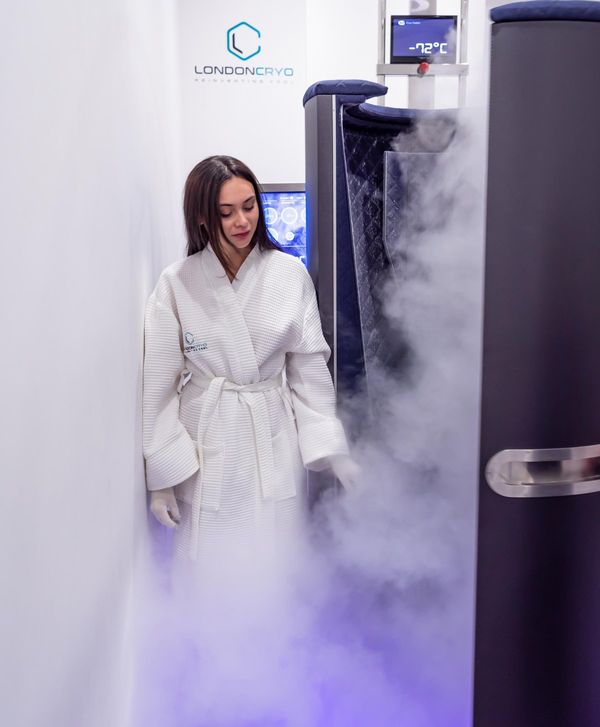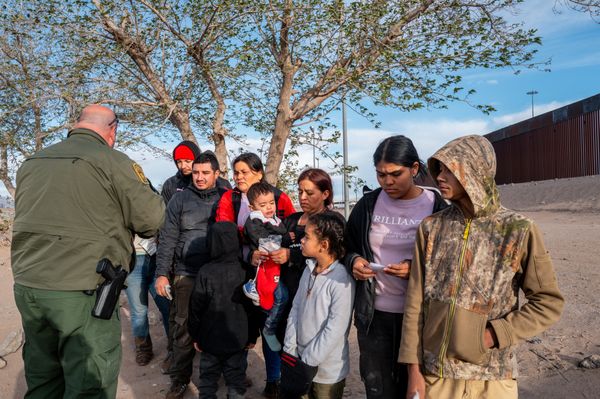A girl punches herself in the face, strips naked and urinates on the floor of an isolation cell; a boy wakes in the night and tells officers: “I can’t breathe.”
Children scream in distress at being placed in a “freezing” isolation cell, known as “the box”.
These are some of the scenes revealed in a cache of video footage seen by Guardian Australia and SBS The Feed that shows the confronting reality for children imprisoned in Queensland’s adult police watch houses.
The state government suspended its own Human Rights Act last year to allow for children to be detained for extended periods in the police cells, alongside adults. Many of these children are disabled.
Watch houses are temporary holding cells, usually located inside police stations, designed to hold violent and dangerous adults and intended to be used for short periods. Many have become overcrowded – particularly after high-arrest police operations targeting children. The ongoing detention of young people in them has been compared to “abuse”.
Family members and guardians of the children shown have given permission for the videos to be published.
‘Why are you putting your finger in my throat?’
The footage shows the treatment in custody of a 13-year-old First Nations girl with severe intellectual disabilities, including foetal alcohol spectrum disorder and attention deficit hyperactivity disorder. She was taken to the Cairns watch house on two separate occasions in August and October 2023.
According to her police file, the girl, Sam*, has been known to police since she was 11. The file advises police she has the intellectual capacity of a five-year-old and they should “seriously consider whether fit for custody”. She has twice been assessed as unfit to stand trial.
She is also listed on the state’s “serious repeat offender index” – a list of children targeted by police.
Sam was arrested by officers from Taskforce Guardian – a “zero tolerance” police operation that targets young people breaching their bail conditions.
Footage from inside the watch house on 10 August shows Sam being led into “the box” – an isolation cell with no toilet, mattress or running water – after she had been found throwing toilet paper at a CCTV camera in the watch house. Police procedures prohibit the use of these cells for punishment.
“You were disobeying the rules, missy,” one officer says to her.
Inside the cell, Sam becomes panicked. She screams “it’s too cold in here” and refuses to sit when ordered to. Officers repeatedly physically restrain her on the floor.
Sam tries to flee the cell several times. Her arm is shut in the door as officers attempt to lock her inside. She is taken to the hospital, in handcuffs and leg chains, for assessment. Police records show they believe her arm was broken.
Guardian Australia and SBS The Feed showed the footage to the Queensland youth justice minister, Di Farmer. She said she would not comment on the specific incident.
“Of course, no one wants to see a young person in distress, no one wants to see a young person mistreated,” Farmer said.
“It is why we have a very strong system of accountability in our watch houses. We have at least seven oversight bodies going into those watch houses on a regular basis. It’s something that I insisted on as minister.”
Many of the oversight bodies cited by Farmer have publicly expressed alarm about the treatment of children in watch houses.
The Office of the Public Guardian has said it raised 550 separate issues on behalf of children held in watch houses in just the first two months of 2024. The state human rights commissioner, Scott McDougall, described the situation earlier this year as “a summer of human rights abuses”. The Queensland Family and Child Commission has described watch houses as “harmful” and “retraumatising”.
Police bodycam footage shows officers using physical restraints on Sam’s arms and legs later that night, as they try to leave the hospital and take her back to the watch house. At one point an officer uses a single hand to apply pressure to the back of Sam’s neck. She screams: “Why are you putting your finger in my throat.”
‘It’s like torture’
Two months later Sam was arrested by an officer from Taskforce Guardian and charged with resisting police.
When she is taken back to the watch house, she becomes “hyper-agitated” and “dysregulated”, police records say. Experts say that kind of reaction is a hallmark symptom of FASD.
Her grandmother and legal guardian, Alice*, says: “That’s the worst I’ve ever seen her.”
Footage of these episodes has been heavily blurred by police. But audio and other police records detail that Sam began to self-harm in the watch house by punching herself in the face and banging her head against the wall. Her grandmother says that she has done this several times since but “that behaviour started in the watch house”.
Inside the isolation cell, Sam urinates on herself, strips naked and refuses a change of clothes. She also refuses to take a blanket.
Officers offer her juice and try to speak to her about her favourite books and movies. Eventually she is taken to the hospital for assessment. Hospital records show she was diagnosed with “behavioural agitation”, discharged and declared fit to return to the watch house.
Sam’s grandmother says the watch house is not a suitable place for her to be held; that police and other workers lack the expertise to care for severely disabled children.
“It’s like torture, really,” she says. “It’s really noisy and the lights are on and she just doesn’t get any peace. I felt very distressed even being there for an hour and a half talking to her.”
‘If you can talk you sound like you’re breathing’
Another tranche of footage from the Cairns watch house in January shows the aftermath of a blanket being set on fire in an overcrowded cell. Four boys were being held in it and one had obtained a cigarette lighter.
Afterwards, two of the boys were placed together in “the box”. One, Kieran*, 15, wakes in the cell struggling to breathe and rasping as he calls for help.
“I can’t breathe,” Kieran calls out.
“He’s got asthma,” the other boy says.
“Well, if you can talk you sound like you’re breathing OK,” an officer says, adding: “Chill out for a bit and maybe have a bit of a sleep and you’ll be all right.”
Kieran says: “Why can’t I just go in there? … you’re leaving two boys in here.
“[It’s] freezing cold.”
Kieran’s mother says the boy wasn’t given an asthma inhaler. She says her son’s treatment in the watch house, where he has been held several times, has caused him to distrust police.
Health experts say the idea that if someone can speak they can breathe is a “dangerous myth”.
Complaints ‘treated seriously’
Andrea Bates, a psychologist who worked in the watch house until February, has likened the treatment of children there to “abuse”. Workers have raised concerns about mental deterioration in children held for long periods.
Guardian Australia is aware of several other incidents, including an alleged sexual assault of a 13-year-old boy, alleged assaults of children by police, and alleged punishments of disabled children being held in the cells.
The Queensland police service said it was “aware of various allegations concerning children held in custody in QPS watch houses”. It did not address questions about specific cases.
“Any complaints of mistreatment or inappropriate action taken within a watch house are treated seriously and will be subject to an investigation by the ethical standards command.
“If [a] person becomes violent, aggressive, or exhibits harmful behaviour, the use of a violent detention cell [isolation cell] is considered to help ensure the safety and welfare of the person, watch house staff and other people in custody.
“The human rights of every person in custody is considered when deciding courses of action relating to violent, aggressive or harmful behaviour.
“The QPS is committed to working with our partners to help ensure those in custody awaiting placement at Youth Justice and Corrections facilities remain safe, healthy and supported.”
Children’s advocates are concerned that changes to state law – including removing the principle of “detention as a last resort” from the Youth Justice Act – will push more minors into an overcrowded youth justice system.
*All names of children and their carers have been changed due to legal restrictions on reporting on children in the justice system
Read more of Guardian Australia’s Queensland coverage here
In Australia, children, young adults, parents and teachers can contact the Kids Helpline on 1800 55 1800, or Bravehearts on 1800 272 831, and adult survivors can contact Blue Knot Foundation on 1300 657 380. Other sources of help can be found at Child Helplines International
